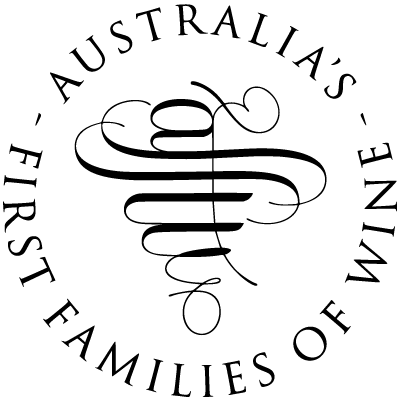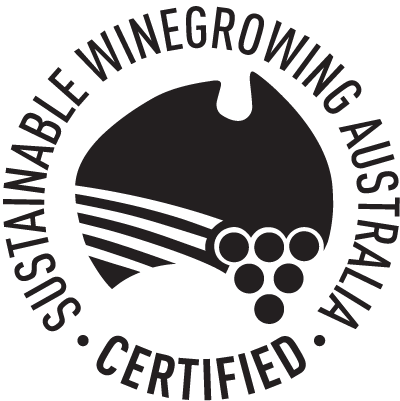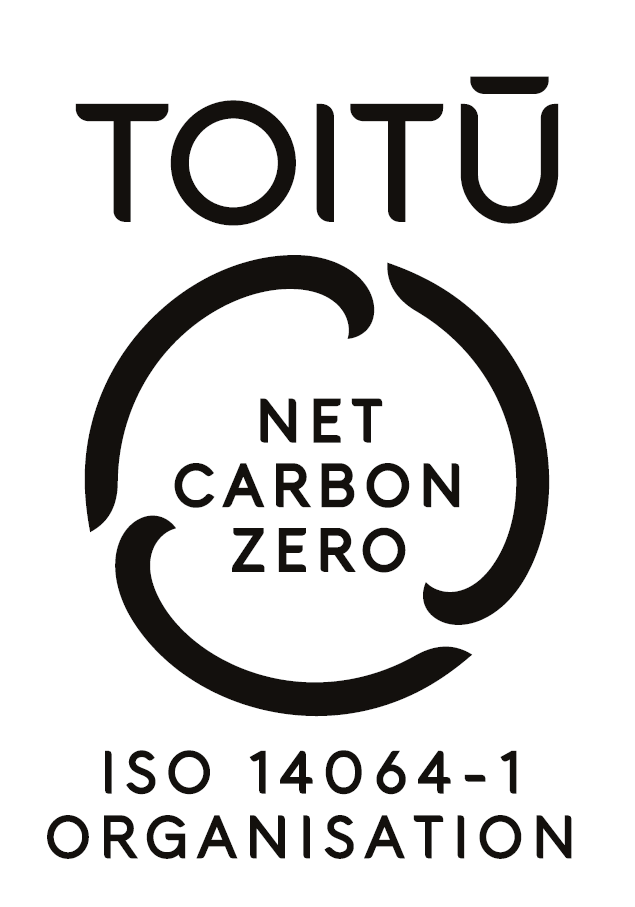_900.png)
Beyond the Vines: Share Farming at Tahbilk Estate
When visitors drive through the gates of Tahbilk, they’re greeted not only by rows of historic vines and wetlands but also by sweeping broadacre fields that stretch across the estate. At different times of year, these paddocks glow golden with canola or ripple green with cereals, setting the scene for what is a much bigger story than wine alone.
Tahbilk spans 1,275 hectares in total, with 200 hectares under vine and 490 hectares dedicated to broadacre farming. The land here isn’t left idle, it’s kept alive through an arrangement that blends tradition and practicality: share farming.
A Farming Enterprise Beyond the Vineyard
The Tahbilk share farming is led by Richard Stecher, who manages more than 4,000 hectares across Victoria with a team of seven. His operation produces wheat, canola, barley, oats, and hay, with a new rotation of fava beans, a crop prized for its ability to naturally fix nitrogen into the soil. Alongside his contracting business, Richard also runs a 1214-hectare farm at Murchison, giving him both breadth and depth of experience across mixed farming systems.
Crop rotation is central to his enterprise. It’s one of the oldest agricultural practices in the book, tried, tested, and refined over centuries, and remains just as relevant today for maintaining soil health and long-term productivity.
Over his 21 years in contracting and farming, Richard has faced plenty of highs and lows, from bumper harvests to setbacks like the devastating floods of October 2022. Through it all, share farming has provided him with the chance to build resilience and adaptability while continuing to grow his enterprise.
A Tahbilk Connection
Richard’s connection to Tahbilk is part of a longer farming story. He previously worked with Lachie Bull, husband of Hayley Purbrick, who managed Tahbilk’s farm after the long stewardship of Robert McMaster. Robert was instrumental in shaping much of the non-vineyard landscape of Tahbilk, particularly the creation of its wildlife reserve and wetlands conservation program.
Richard continues to share farm on the McMaster property today, carrying forward that legacy of blending agriculture with conservation.
Farming in Harmony with Wine and Nature
Working farmland alongside vineyards requires precision and trust. At Tahbilk, Richard coordinates closely with the estate to ensure farming practices align with the vineyard’s needs and its environmental strategies. That includes avoiding sprays during critical stages like budburst, and respecting nature corridors that form part of Tahbilk’s broader conservation goals.
“There’s a lot of land to manage,” Richard notes, and it’s true: the balance between productivity and stewardship is constant. But it’s one that works because both sides, the winery and the farmer, are invested in the long-term health of the land.
Cattle, Conservation, and “Frequent Flyers”
There’s another layer to this story: Richard works with his brother to bring Angus cattle into the rotation. The cattle graze across different farms in the Goulburn Valley, reducing grass growth and lowering fire hazards in the process. Their constant movement between paddocks has earned them the nickname “Frequent Flyers.”
When the cattle are ready, they’re processed by Victor at Victory Meats and then supplied through Richard’s brother’s business, Arcadia Farms. Arcadia Farms has built a reputation for premium beef, even winning the Commercial Beef Herd Award and the Shire Trophy at the 2024 Whittlesea Show, recognition of excellence in commercial beef production.
Arcadia also runs a meat box program. Each Friday, Richard helps pack and distribute boxes that include a full variety of cuts. It’s a model that ensures the entire animal is valued, not just the prime cuts, and it connects families directly to the farm’s produce in a thoughtful and sustainable way.
A Landscape That Shapes the Experience
Visitors to Tahbilk often remark on the yellow canola fields that blaze against the blue sky in spring. It’s a sight full of energy and optimism, a reminder that agriculture here is as much about the visual landscape as it is about the food and fibre produced.
Those fields are not just scenery, they’re part of a working estate where wine, farming, and conservation coexist. For Tahbilk, it’s a chance to demonstrate that stewardship of land goes far beyond grapevines.
Shared Land, Shared Future
Share farming at Tahbilk isn’t a sideline, it’s central to how we see our role as custodians of this place. By partnering with farmers like Richard Stecher, we ensure that broadacre land remains productive and diverse, while vineyards and wetlands continue to thrive.
It’s a story that stretches beyond the glass, into the fields, the paddocks, and the families who work them. And it’s a story you can see for yourself the moment you drive through our gates.



